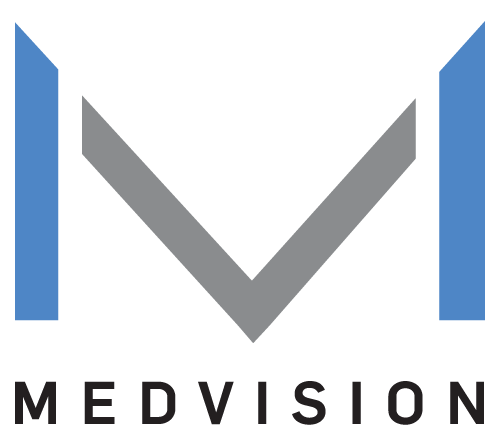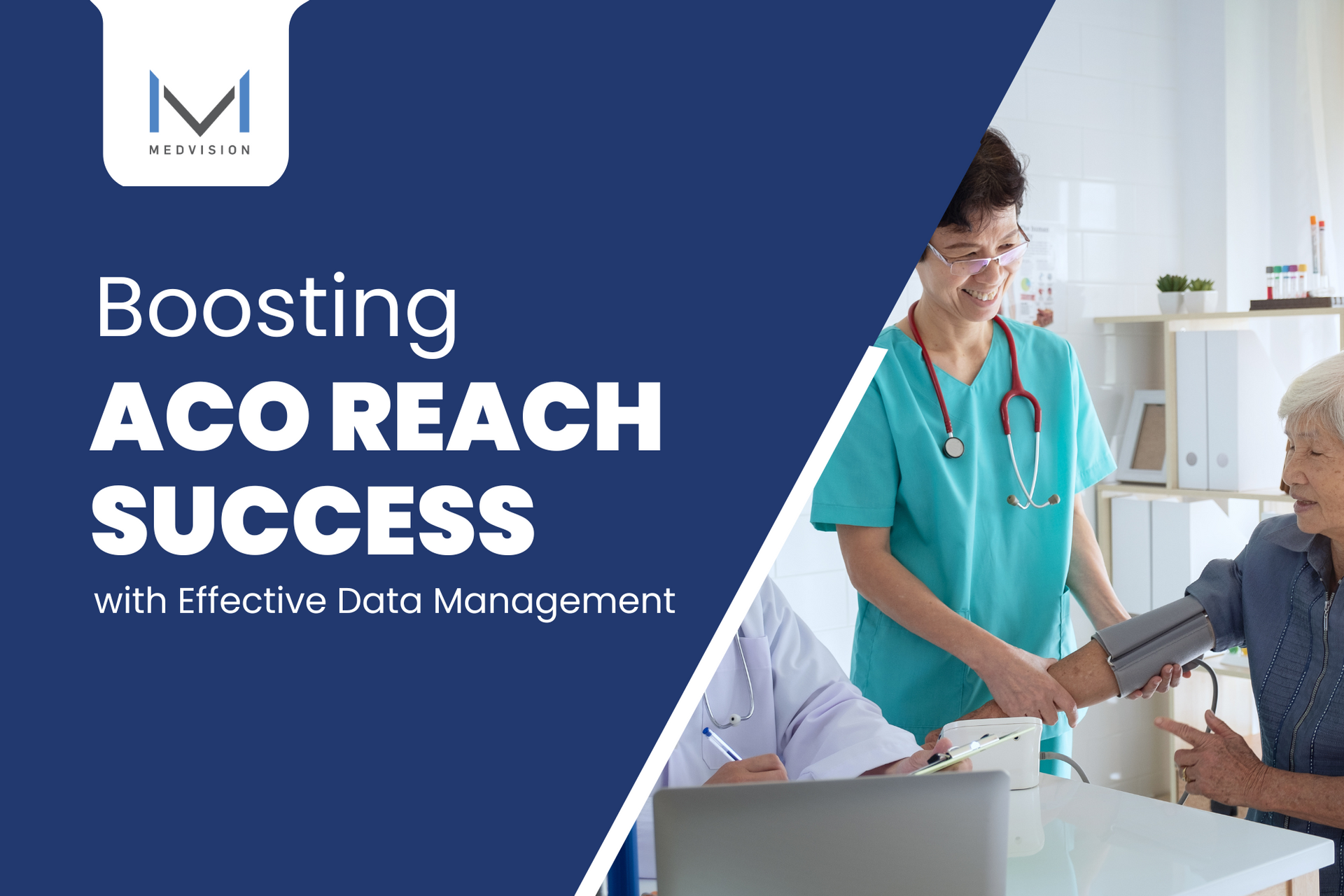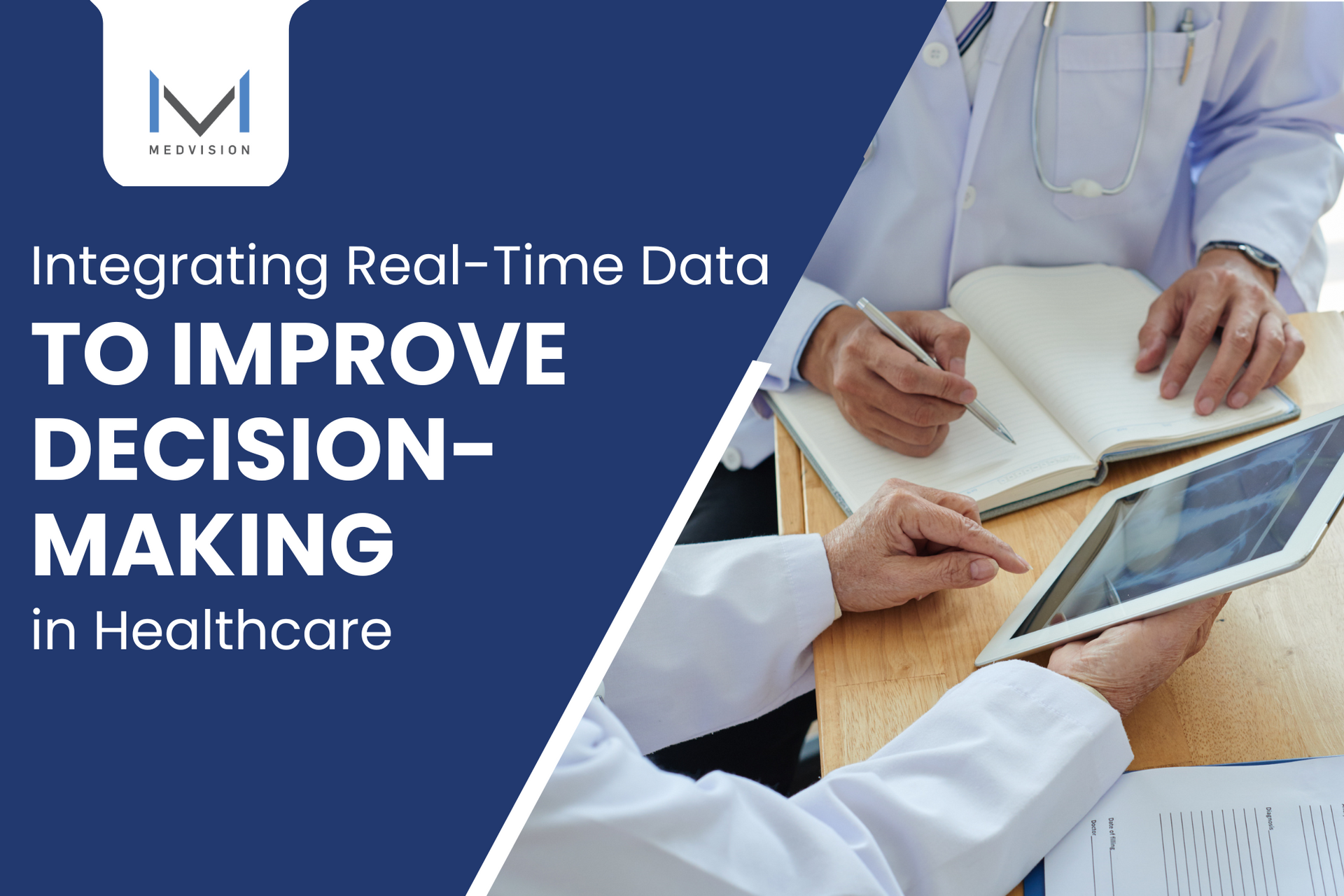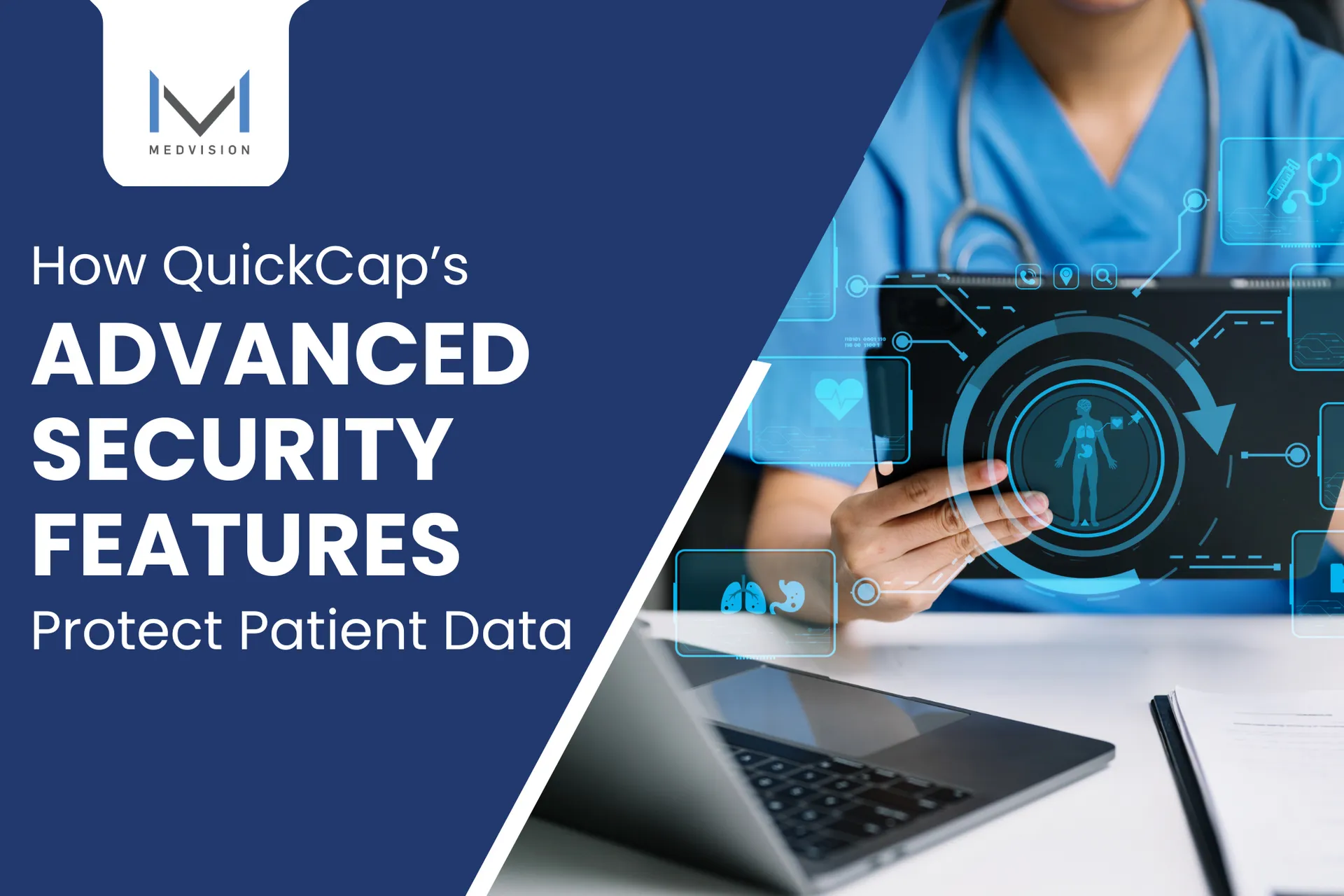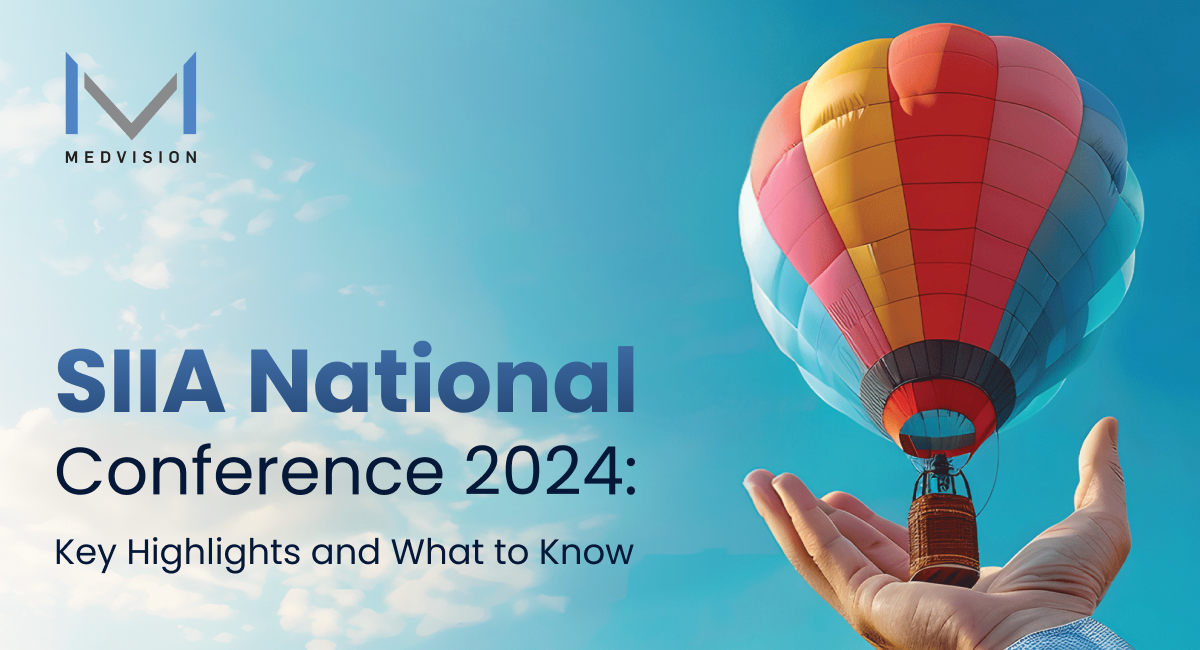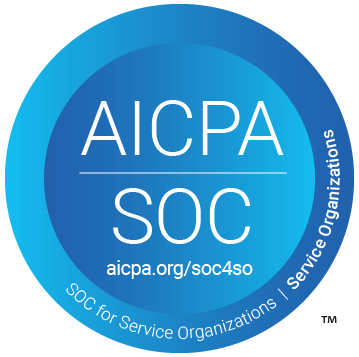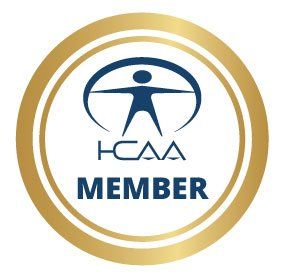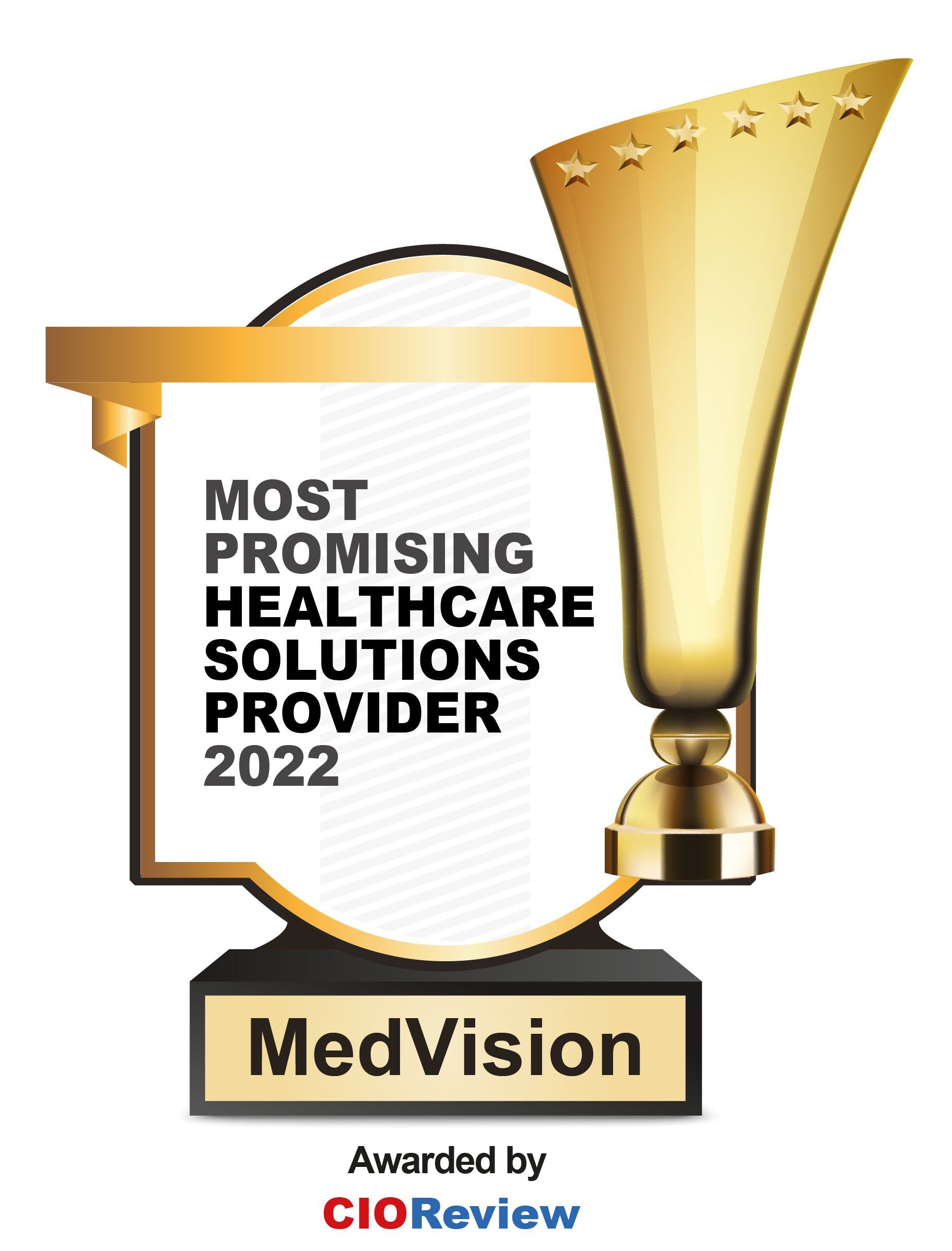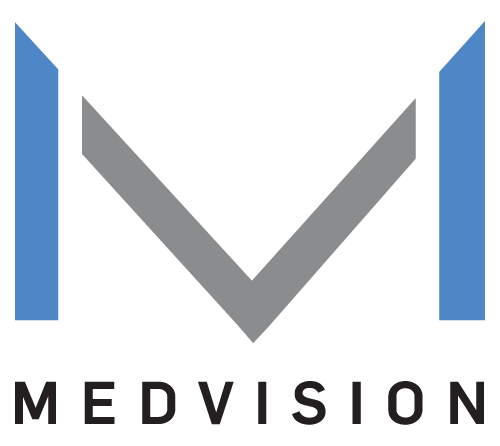Making Standard ACO and ACO REACH Work Together
Payers and providers are shifting their focus from quantity to quality, dramatically altering the healthcare payment process. Accountable Care Organizations (ACOs) and the ACO Realizing Equity, Access, and Community (REACH) model work together to deliver the best quality of care to several health populations, especially the underserved communities.
The
fee-for-service system, known as the traditional payment method that most providers use, presents a number of inefficiencies. Policy-makers aim to solve these problems by linking financial incentives with quality of care and positive outcomes. This is where the roles of standard ACO and ACO REACH come into play. ACOs tend to patients and their clinical needs, including consultations, procedures, and hospital stays. Meanwhile, the
ACO REACH model regulates the distribution of remuneration to ACOs based on the quality of care they deliver.

What Makes an ACO Thrive?
There are a lot of moving pieces in an ACO. It is a group of medical professionals that includes doctors, hospitals, and others who offer healthcare services. They create a network of care teams to make clinical care more effective and affordable.
Successful ACOs receive financial gain for their efforts. They can reduce spending and benefit from Medicare's cost-cutting measures simultaneously. In order to qualify for incentives, organizations must first go through an assessment process. The level of care their patients receive determines their overall grade. If participating providers can improve the health of their patients while lowering healthcare costs, then they can merit financial reward.
The Synergy of Standard ACO and ACO REACH
The Centers for Medicare and Medicaid Services (CMS) created the ACO REACH model to correct the flaws detected in the Global and Professional Direct Contracting (GPDC) model. The modifications in this new system help address the most common error of misrepresenting the severity of illnesses. This is an effective method of maintaining health equity and keeping an eye out on irregularities, which is the central focus of ACO REACH.
CMS identifies the benchmarks given to ACOs based on their existing records and the socioeconomic classification of individuals among their beneficiaries. If the organization mostly takes care of the underserved populations, then their health benchmarks are higher or more flexible. A high benchmark equates to a high spending goal. This means that more at-risk communities receive clinical care as more organizations reach higher spending goals. With this system, both standard ACO and ACO REACH are doing the most to improve the health of under-resourced patients.
Additionally, the new framework mandates that ACO providers compose at least 75 percent of the governing body. This offers an avenue for physicians to carry on as the chief decision-makers of accountable care. Consequently, healthcare professionals can determine the level of risk they are willing to assume for their patients. The higher the risk the organization is willing to take, the greater the financial gain will be. If a business opts for a risk-sharing arrangement of100 percent, then CMS can receive a smaller cut of the savings. This benefits the network of doctors, hospitals, and clinics in an ACO while they provide patients with exceptional care.

ACO Success through Technological Advancement
How can one maximize the collaboration between standard ACO and ACO REACH? An organization’s efficiency relies significantly on the tools they use. When an ACO’s operations run smoothly, they are able to offer an enhanced healthcare experience. The most effective strategy used by successful companies to boost productivity is to employ available technological tools.
With the continuous evolution of technology, it is now even easier to streamline daily operations. Over the course of nearly three decades, MedVision has thoroughly developed dependable healthcare administration solutions. MedVision’s QuickCap v7 (QC7) is an interoperable software that assists you in providing improved healthcare delivery. With QC7’s many customizable features, you can:
- analyze the demographic details of a population;
- review each beneficiary’s eligibility, practitioner visit records, and cost levels;
- examine the risk adjustment factor (RAF) of members; and
- manage documents used for daily workflows.
Utilize leading, interoperable solutions to enhance performance and improve healthcare delivery.
References:
1. Holder, Elizabeth. “What Is an ACO?” What is an ACO? www.naacos.com, September 7, 2022. https://www.naacos.com/what-is-an-aco-.
2. David Pittman, Clif; BS;Gaus, David Pittman BS, and Clif Gaus ScD. “ACO REACH Brings Next Era of Medicare Payment Models.” AJMC. www.ajmc.com, June 9, 2022. https://www.ajmc.com/view/aco-reach-brings-next-era-of-medicare-payment-models.
Recently published articles
Keep in touch
Subscribe to get the latest update
Trending topics
Share your insights on social media
Upcoming events and company news

